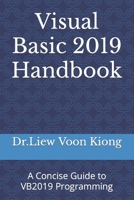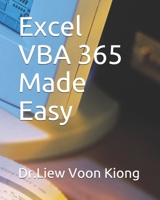Exploring Splunk
Select Format
Select Condition 
Book Overview
Big data has incredible business value, and Splunk is the best tool for unlocking that value. "Exploring Splunk" shows how to pinpoint answers and find patterns obscured by the flood of machine-generated data. This description may be from another edition of this product.
Format:Paperback
Language:English
ISBN:0596006810
ISBN13:9780596006815
Release Date:April 2006
Publisher:O'Reilly Media
Length:521 Pages
Weight:2.00 lbs.
Dimensions:1.2" x 7.0" x 9.2"
More by Dr.Liew Voon Kiong
Customer Reviews
6 customer ratings | 4 reviews
There are currently no reviews. Be the first to review this work.

























